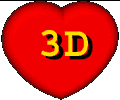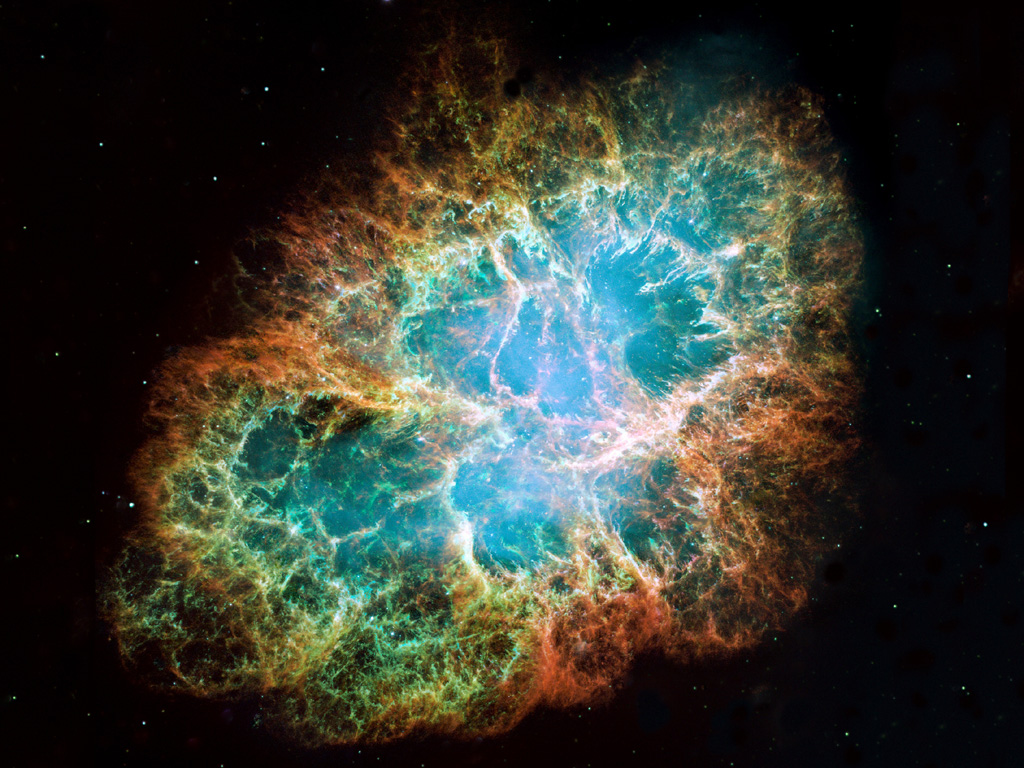3D Cosmic ConversionSeveral methods were employed to convert 2D Hubble space telescope images of objects in the cosmos into 3D's. Physical-Chemical principles, suggestions from astrophysical modeling, and simple artistic-interpretations were all used. For example, there is a known relation between the color of Jovian clouds and their altitude. This is based on the idea that certain compounds like water and ammonia and ammonia hydroxide condense at particular and distinct temperatures. Assuming an adiabatic or near-adiabatic fall off of temperature with height permits one to estimate the altitudes where these clouds will most likely form. Thus a color vs. depth relationship can be established and the resulting "depth map" can be used to convert an image (or sequence of images) of Jupiter into a 3D object. The "topography" is usually stretched vertically for effect. For distant objects such relations are not as well known, but computer models by astrophysicists, such as one that hints that the central part of the Helix nebula is a disk (as opposed to a spherical shell), can be used in guiding artistic attempts to render 3D imagery. For the crab nebula (below left), the presence of shock-fronts and gas bubbles should be reflected in the artistic 3D constructions. If nothing else, 3D representations of these far away objects, as might possibly be seen by telescopes separated by light years, can stir the imagination. See also CosmicJourneymovie.com .
|
||||||
© Hart3D - All Gallery images and videos are copyrighted John Hart. All rights reserved. No part of these pages, either text, videos, or images, may be used for any purpose other than for personal viewing. Reproduction, modification, storage in a retrieval system or retransmission, in any form or by any means, electronic, mechanical, or otherwise, is strictly prohibited without prior written permission.
|



